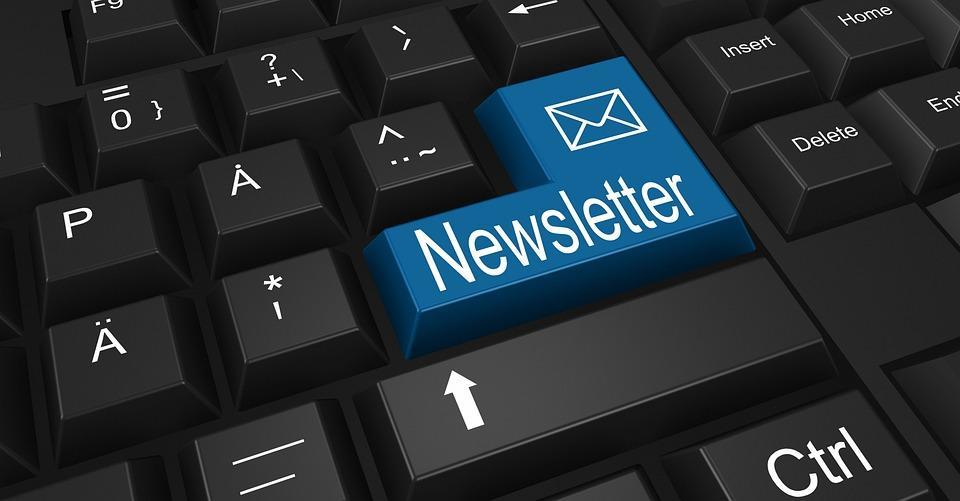Email marketing isn’t just a tool; it’s a treasure trove waiting to be unlocked. When you dive into the world of email marketing, you’re stepping into a realm where connection and conversion intertwine beautifully. If you’re looking to enhance your business, profiting from email marketing can become your most powerful strategy. Let’s explore ten proven ways to turn your email list into a thriving revenue stream.
Contents
- What is Email Marketing and Why Does It Matter?
- 1. Build a Quality Email List
- 2. Segment Your Audience
- 3. Craft Attention-Grabbing Subject Lines
- 4. Create Engaging Content
- 5. Automate Your Campaigns
- 6. Leverage User-Generated Content
- 7. Optimize for Mobile Devices
- 8. Analyze and Adjust
- 9. Emphasize Call-to-Actions (CTAs)
- 10. Maintain Consistent Communication
- Bottom Line
What is Email Marketing and Why Does It Matter?
Email marketing is the art of communicating with your audience via email. It’s more than just sending messages; it’s about building relationships, fostering trust, and driving sales.
Why does this matter to you? Because with over 4 billion email users worldwide, the potential to reach and engage your audience is monumental. Whether you’re a small business owner or an established brand, mastering email marketing can elevate your efforts significantly.
1. Build a Quality Email List
Your email list is your goldmine. The first step toward profiting from email marketing is to create a quality email list. Focus on gathering subscribers who genuinely want to hear from you.
- Use Lead Magnets: Offer valuable content like eBooks, discounts, or exclusive offers in exchange for email addresses.
- Optimize Sign-Up Forms: Place sign-up forms strategically on your website, blog, or social media platforms to capture leads effortlessly.
Tip: Always ask for permission. A list of willing subscribers is far more valuable than a purchased one.
2. Segment Your Audience
Not all your subscribers are the same. Segmentation allows you to tailor your messages based on demographics, behaviors, and preferences.
- Behavioral Segmentation: Target subscribers based on their past interactions with your emails.
- Demographic Segmentation: Customize content for different age groups, locations, or interests.
Why It Works: Personalized emails can increase transaction rates by up to six times.
3. Craft Attention-Grabbing Subject Lines
Your subject line is your first impression. Make it count!
- Be Clear and Concise: Aim for clarity over cleverness.
- Use Actionable Language: Encourage your readers to take action with phrases like “Grab Your Discount!” or “Join Us Today!”
Remember: A/B test different subject lines to see what resonates best with your audience.
4. Create Engaging Content
Content is king, but engagement is queen. Your emails should provide value, spark interest, and invite interaction.
- Tell a Story: Share personal anecdotes or success stories that relate to your message.
- Include Visuals: Eye-catching images or videos can break up text and enhance engagement.
Keep in Mind: People are more likely to read content that resonates with them emotionally.
5. Automate Your Campaigns
Automation is a game changer. It saves time and ensures your emails reach subscribers at the right moment.
- Welcome Series: Automatically send a series of welcome emails to new subscribers, introducing them to your brand.
- Abandoned Cart Emails: Remind customers about items left in their cart with a friendly nudge.
Benefit: Automated emails can generate up to 320% more revenue than non-automated ones.
6. Leverage User-Generated Content
Let your customers do the talking. User-generated content (UGC) can build trust and authenticity.
- Encourage Feedback: Ask subscribers to share their experiences with your product or service.
- Feature Testimonials: Showcase satisfied customers in your emails to enhance credibility.
Why It Matters: UGC can significantly improve conversion rates, as people trust peer recommendations.
7. Optimize for Mobile Devices
More than half of all emails are opened on mobile devices. Your emails must look flawless on smartphones and tablets.
- Responsive Design: Use templates that adjust to different screen sizes.
- Short and Sweet: Keep your copy concise to ensure readability.
Key Insight: A poor mobile experience can lead to lower engagement and higher unsubscribe rates.
8. Analyze and Adjust
Data is your best friend in email marketing. Regularly analyze your campaign performance to identify what works.
- Track Open Rates and Click-Through Rates (CTR): These metrics reveal how engaging your content is.
- Conduct Surveys: Gather feedback from your subscribers to understand their preferences.
Remember: Continuous improvement will keep your email marketing efforts relevant and effective.
9. Emphasize Call-to-Actions (CTAs)
Your emails should guide subscribers toward action. A strong Call-to-Action can make all the difference.
- Be Direct: Use action-oriented language like “Shop Now” or “Download Here.”
- Create Urgency: Phrases like “Limited Time Offer” can spur immediate action.
Pro Tip: Test different CTAs to see which ones drive the most conversions.
10. Maintain Consistent Communication
Consistency is key in email marketing. Develop a schedule that keeps your brand top-of-mind without overwhelming your subscribers.
- Set a Frequency: Decide how often you’ll send emails—weekly, bi-weekly, or monthly.
- Stay Relevant: Keep your content fresh and in tune with current trends or seasons.
Final Thought: Regular communication nurtures relationships and builds loyalty.
Bottom Line
Profiting from email marketing is not just possible; it’s a reality for those who are willing to invest time and effort. By building a quality list, personalizing your content, and continuously analyzing your performance, you can turn your email marketing strategy into a powerful profit engine.
Ready to harness the power of email marketing? Start today! Your audience is waiting to hear from you.
FAQ
1. How often should I send emails?
Aim for consistency. Weekly or bi-weekly is generally effective, but adjust based on your audience’s preferences.
2. What type of content should I include in my emails?
Focus on providing value—tips, updates, promotions, and engaging stories work well.
3. Can I use email marketing for any type of business?
Absolutely! Email marketing is versatile and can be tailored for any industry.
4. How can I ensure my emails land in the inbox?
Build a clean list, avoid spammy language, and ask subscribers to whitelist your email address.
Start applying these strategies today, and watch as your email marketing transforms into a rewarding venture!








